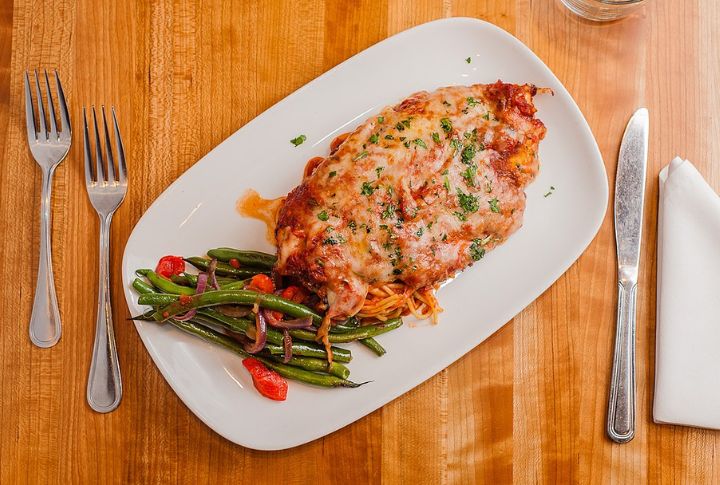
America is a melting pot of cultures, and its food scene is no exception. In fact, it is a prime example of it! Some of the country’s most beloved dishes have surprising backstories, shaped by unexpected influences worldwide. Check out these 20 dishes that you won’t believe are not U.S.A. stamped.
Apple Pie

Think apple pie is as American as it gets? Think again! Before it became a staple at Fourth of July picnics, England was already baking up versions of this fruity delight in the 14th century—without sugar! Dutch settlers later added their spin, and by the 1700s, America fully embraced the dish.
Hamburgers
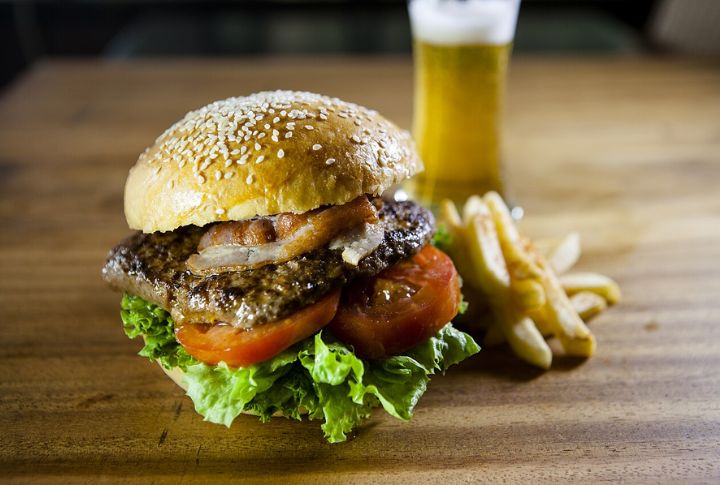
Burgers may be an American obsession, but their roots stretch back to Germany. The Hamburg steak, seasoned minced beef without a bun, was a favorite among German immigrants in the 19th century. Once in the U.S., it got an innovative upgrade: a soft bun. By 1904, the sandwich gained national fame at the St. Louis World’s Fair.
French Fries
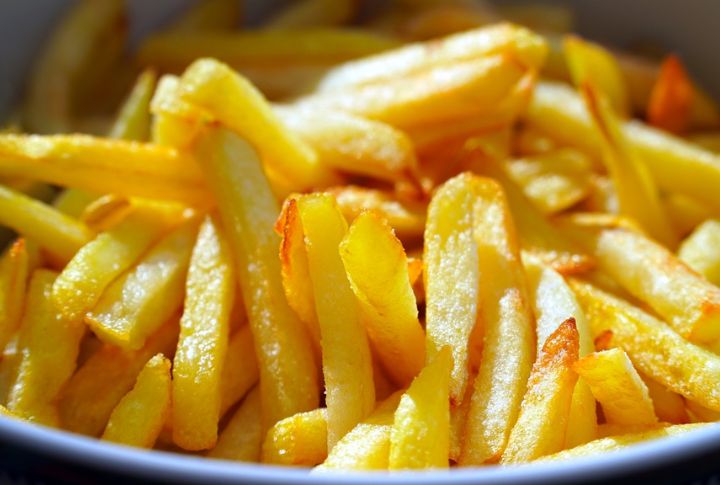
No, it’s not from France. Despite its name, fries originated in Belgium. In the late 1600s, when frozen rivers made fishing impossible, villagers turned to frying potatoes instead. Centuries later, American soldiers stationed in Belgium discovered these golden, crispy bites during WWI and fell in love.
Hot Dogs
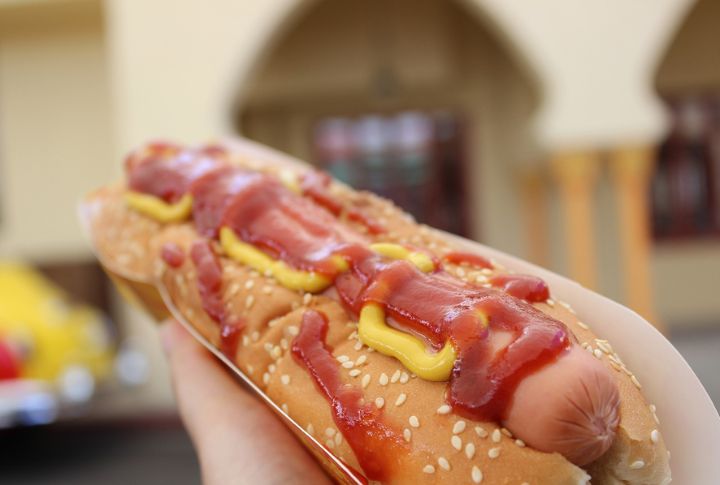
The hot dog’s origins date back to Germany and Austria. Frankfurters and Vienna sausages made their way to America with German immigrants in the 1800s, but New York street vendors had the genius idea of sticking them in a bun. Suddenly, a simple sausage became the ultimate grab-and-go snack.
Ketchup
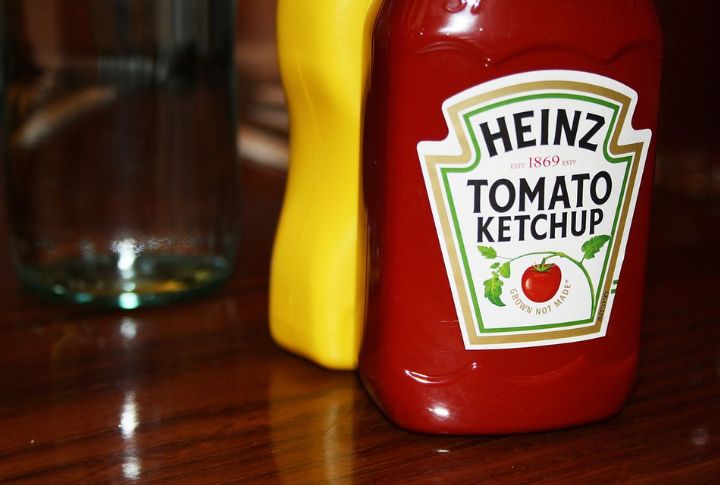
In the 17th century, China created a fermented fish sauce called “ke-tsiap.” British sailors discovered it in the 1700s and, by the 18th century, experimented with various ingredients like mushrooms and walnuts. The tomato-based version, however, didn’t emerge until the early 19th century in the U.S.
Fried Chicken
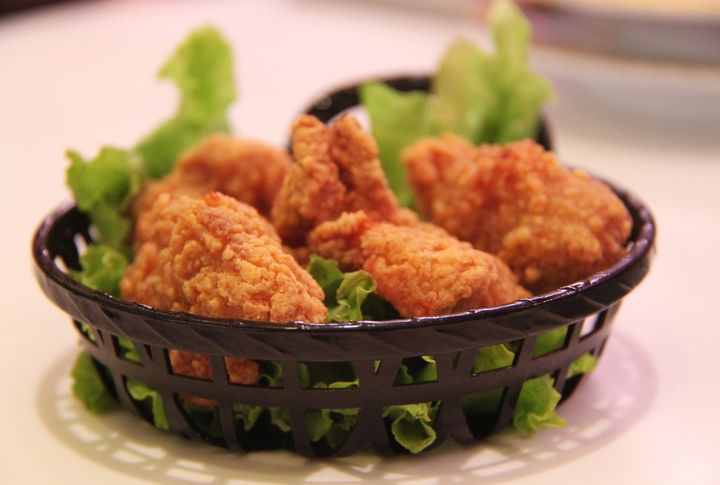
Crunchy and golden fried chicken results from two culinary traditions colliding. Scottish settlers in the American South brought their love for deep-frying, while enslaved Africans infused the dish with bold spices and rich seasoning. The result? A crispy, flavorful masterpiece that became a staple of Southern cuisine.
Macaroni And Cheese
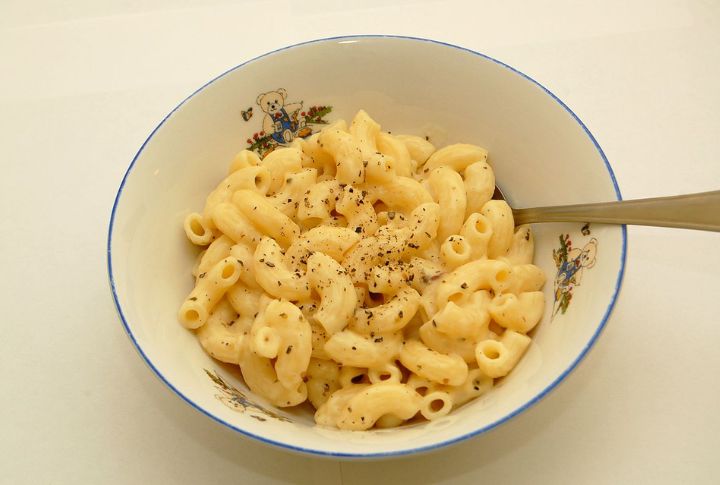
Italy’s love for pasta led to the first recorded macaroni and cheese recipe in the 13th century. Thomas Jefferson encountered macaroni in Europe, importing the pasta and a machine to America. His household later experimented with cheese combinations, but the dish’s evolution into a Southern staple came later, notably shaped by enslaved cooks.
Cheesecake
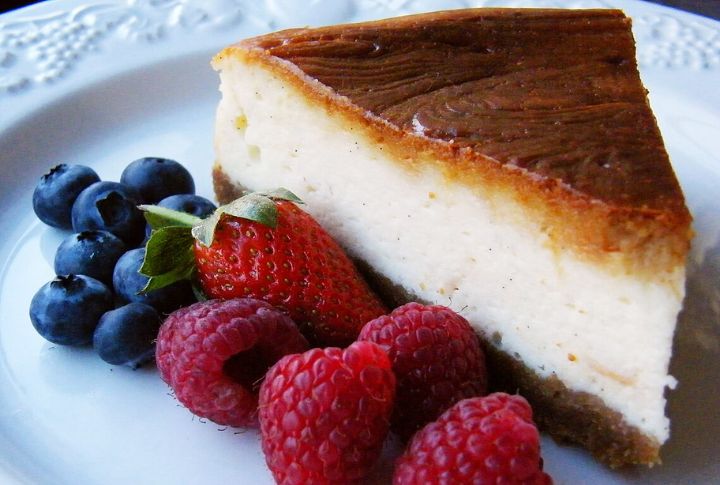
Ancient Greece is credited with the first cheesecake, which was originally served to athletes during the Olympic Games as an energy-boosting treat. When the Romans conquered Greece, they refined the recipe and spread it across Europe. Centuries later, New York bakers introduced cream cheese in the 19th century.
Meatloaf
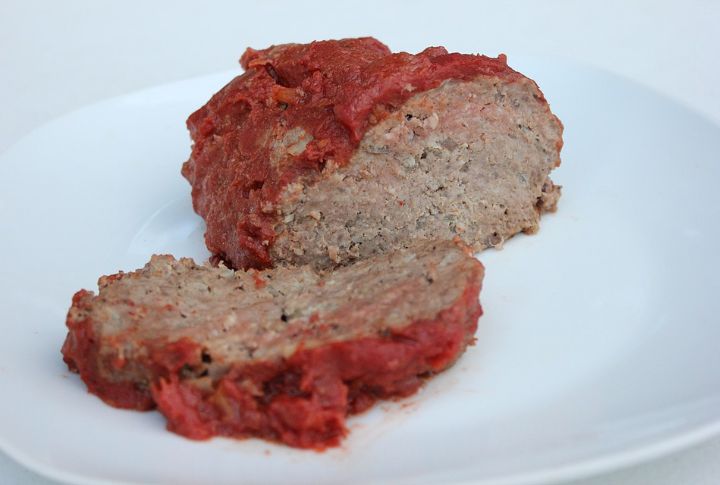
The Romans were the first to craft a meatloaf-like dish, mixing minced meat with bread and spices for a hearty meal. Centuries later, German immigrants carried their recipes to America. By the Great Depression, it became a household staple that allowed families to stretch ingredients into a satisfying dish that still warms dinner tables.
Pickles
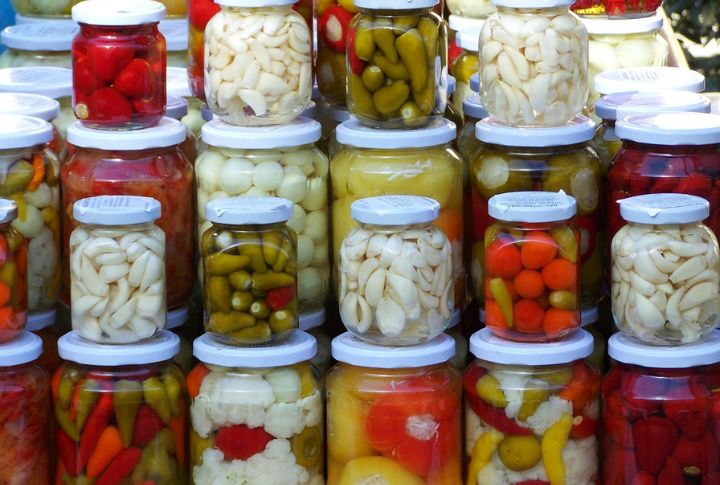
More than 4,000 years ago, Mesopotamians began pickling cucumbers to preserve food for long journeys. The technique spread across Europe as trade routes expanded and eventually reached America. By the late 1800s, Eastern European immigrants brought dill pickles, which quickly became a classic pairing with sandwiches and burgers.
Pretzels
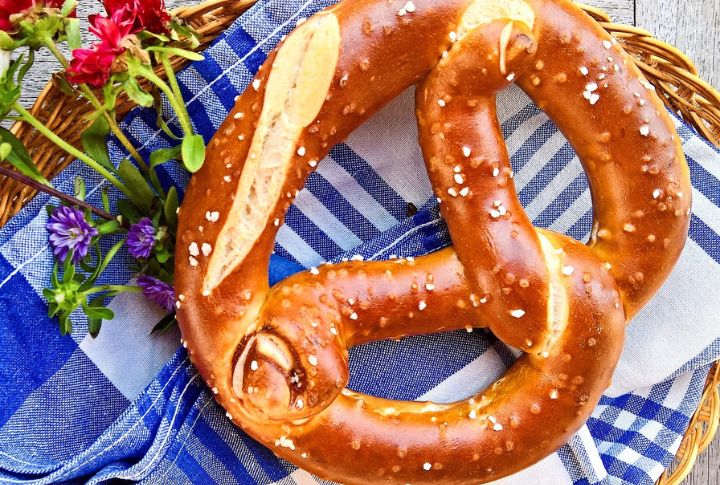
Legend has it that monks in 7th-century Italy created pretzels to reward children for mastering their prayers, which shaped the dough to resemble crossed arms. As the tradition spread, German immigrants—later known as the Pennsylvania Dutch—introduced the treat to America in the 1700s.
Tacos
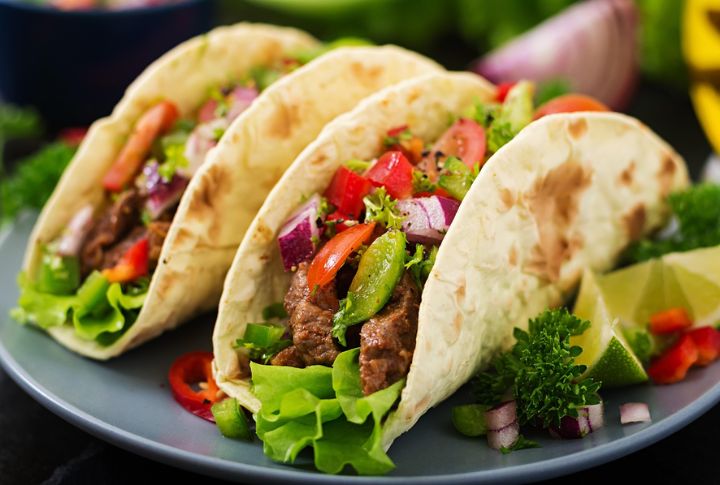
Ever wonder how tacos became an American obsession? You’ll know this. Long before food trucks and fast-food chains, Indigenous Mexicans filled corn tortillas with fish and meat. The idea traveled north with Mexican migrant workers in the early 1900s, eventually evolving into countless regional favorites.
Bagels
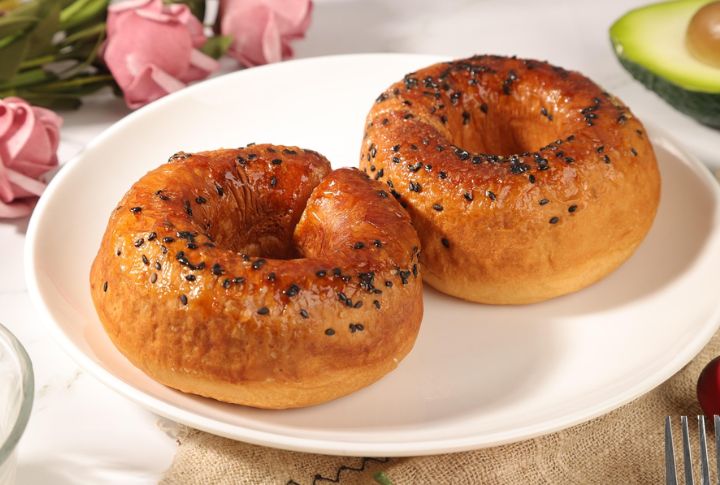
Did you know that bagels have been satisfying cravings for over 400 years? In 17th-century Poland, Jewish bakers perfected boiling and baking dough for that signature chew. When Jewish immigrants arrived in New York, they brought bagels with them.
Mustard
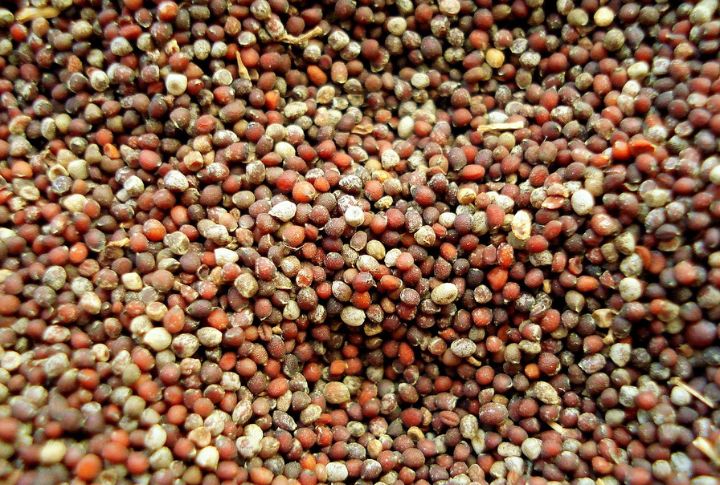
Before it became the ultimate hot dog sidekick, mustard had already traveled the world. Romans mashed mustard seeds into a zesty paste, and the French later gave it a gourmet twist. But German immigrants brought the bold, spicy brown version to America.
Spaghetti
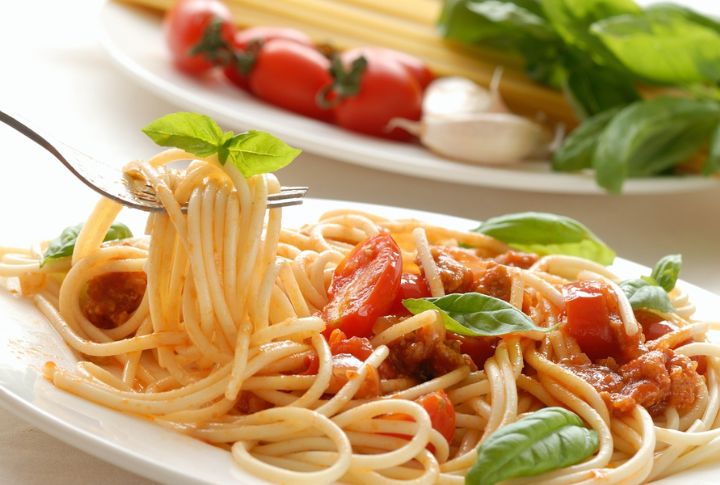
Long before spaghetti twirled onto American plates, ancient Chinese noodles were doing their own thing around 2000 BC—but don’t call them spaghetti’s ancestors just yet! Arabs introduced dried pasta to Europe in the Middle Ages, Italians made it legendary, and immigrants brought their beloved spaghetti to America.
Donuts
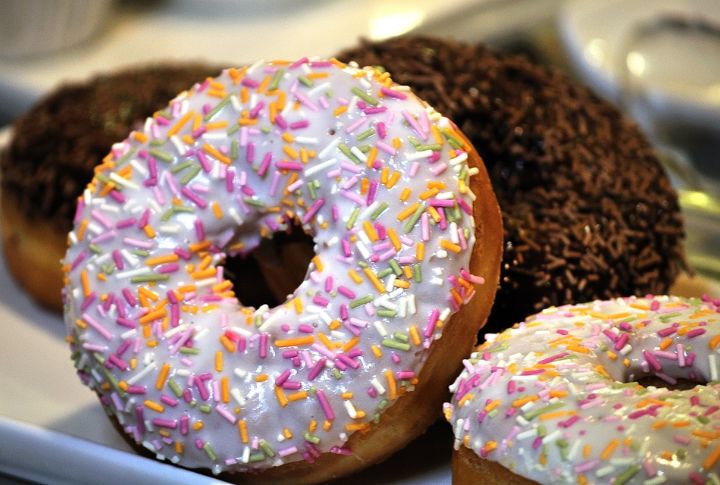
Now an American favorite, donuts began as “olykoeks,” or oily cakes, brought over by Dutch settlers. These fried dough treats had no hole until 1847 when a New England sailor, Hanson Gregory, supposedly punched one out for more even cooking.
Barbecue
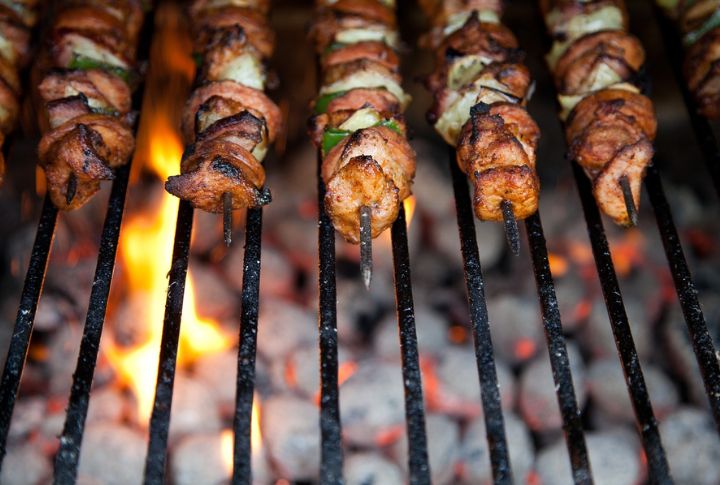
What started as “barbacoa,” a slow-cooked meat tradition from Indigenous Caribbean tribes, became a smoky, savory obsession in America. Spanish explorers introduced the technique to the South, where it took on a life of its own.
Coleslaw
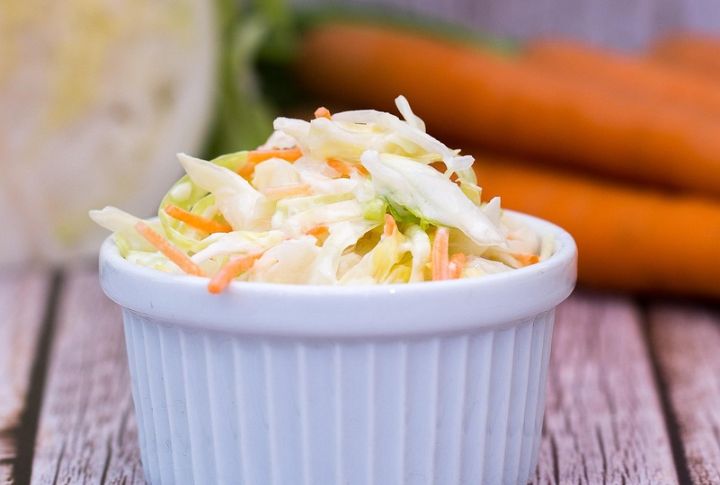
Crunchy and creamy, coleslaw traces back to Dutch settlers in 17th-century New York (New Netherland), who introduced “koolsla,” meaning “cabbage salad.” Mayonnaise-based versions appeared in American cookbooks by the 1860s and gained popularity in the late 19th century, becoming a picnic staple
Fortune Cookies

Despite their strong association with Chinese restaurants in America, fortune cookies originated in Japan. Inspired by traditional Japanese senbei crackers, they were first introduced to the U.S. by Japanese immigrants in the early 20th century.
Chicken Parmesan
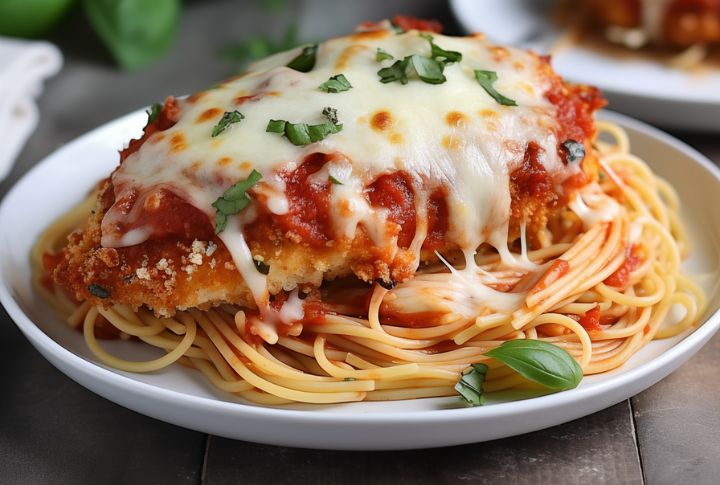
This Italian-American classic has little connection to traditional Italian cuisine. While Italians have long prepared eggplant Parmesan, Italian immigrants in America swapped in breaded chicken cutlets, smothered them in marinara sauce, and covered them with cheese.
Leave a comment